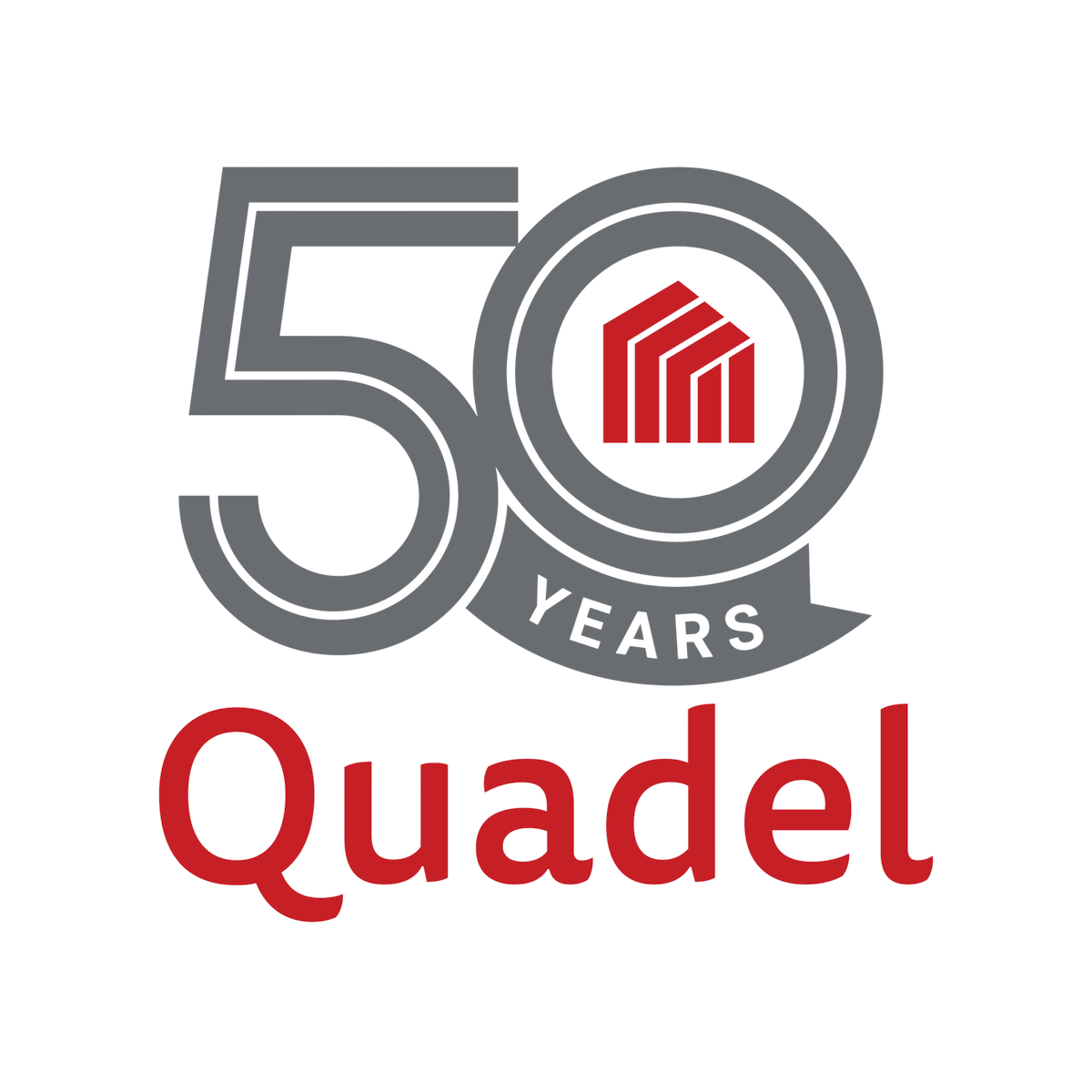
Quadel Director Jim Evans works with clients to determine the feasibility of RAD conversions.
Public Housing Agencies (PHAs) across the country are under increasing pressure to modernize aging housing stock, stabilize funding, and ensure long-term sustainability. The Rental Assistance Demonstration (RAD) program has become the most effective way to achieve all three. In this week’s blog, Quadel Director, Jim Evans, talks about the benefits of RAD conversions.
Unlock New Funding Opportunities and Modernize Faster
One of the most transformative advantages of RAD is the ability to leverage new capital sources. RAD provides PHAs with access to private debt and equity financing to rehabilitate or redevelop properties comprehensively, improving long-term physical and financial health of the properties.
Evans recommends executive directors conduct a portfolio assessment to identify which properties would benefit most from RAD financing. Conversions can be done in phases.
“RAD opens the door to private and public financing like LIHTC, FHA, and CDBG that aren’t available under traditional public housing,” Evans said. “This means agencies can finally address capital backlogs and make major modernization investments now, not decades from now.”
Maintain Local Control With Operational Flexibility
A key misconception about RAD is that it gives the PHA less oversight or control. Evans stated that’s simply not the case. It is important for executive directors and asset management staff to evaluate ownership structures early in the process.
“PHAs retain ownership or control through affiliates and partnerships. You’re gaining flexibility in how you operate, not losing authority,” Evans said. “RAD is both a financial and operational modernization tool. It allows the PHA to build credibility with local lenders, investors, and HUD partners.”
Improve Resident Quality of Life
Beyond physical building improvements, RAD conversions improve the overall wellbeing of residents. Residents continue to pay no more than 30 percent of their income towards rent. In addition, residents whose units undergo structural improvements have the right to return once construction is complete.
Evans noted executive directors must remain in close communication with residents to ensure a smooth conversion process.
“When residents understand what’s happening and why, it builds trust throughout the process.”
Partner with Experts Who Know the Process
Successfully completing a RAD conversion requires experience across financing, compliance, and resident engagement.
Quadel supports PHAs by providing portfolio analysis, financial modeling, conversion strategy, and relocation planning. Using a trusted consulting partner early in the process helps streamline the process and reduces overall risk.
“RAD is detailed and milestone-driven. You need partners who know how to navigate HUD requirements and keep the project moving,” Evans said. “Working with Quadel gives PHAs more objectivity and extra capacity to ensure the RAD process stays on track.”
Request a quote for RAD Conversion Technical Assistance today to see how Quadel can help modernize your PHA portfolio and improve residents’ quality of life.
